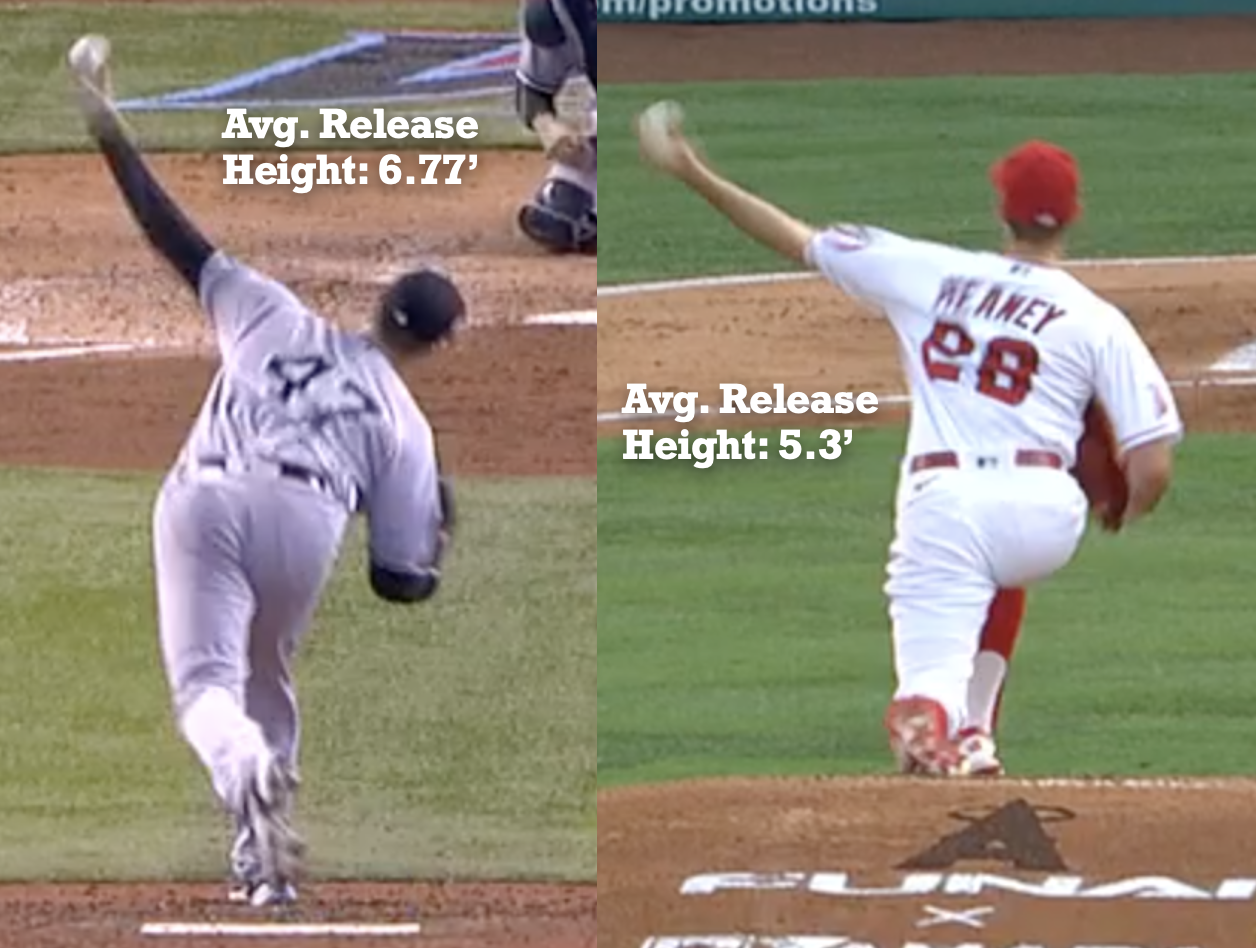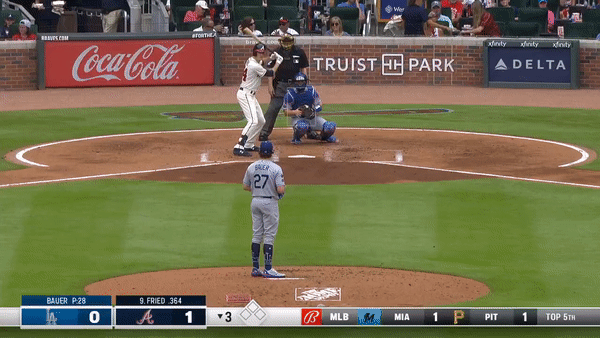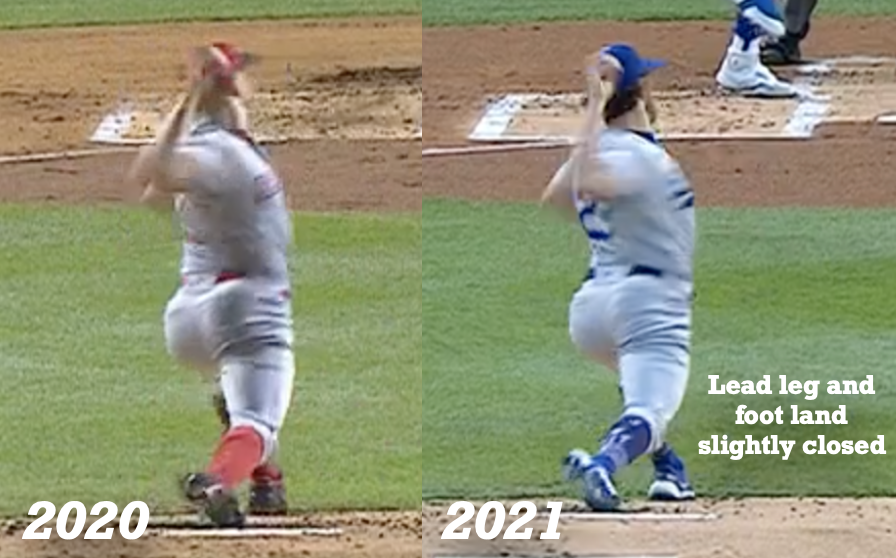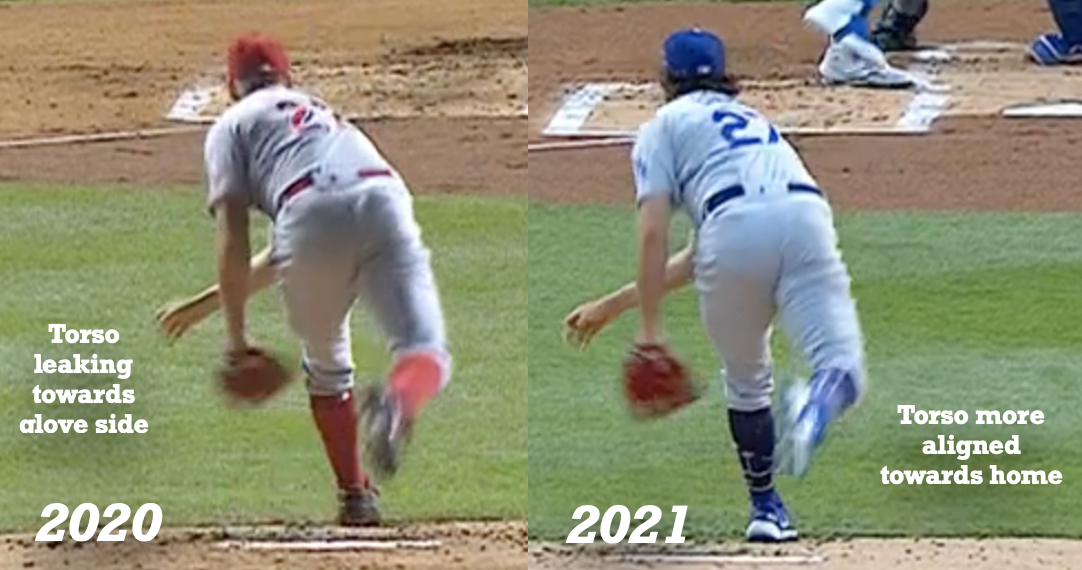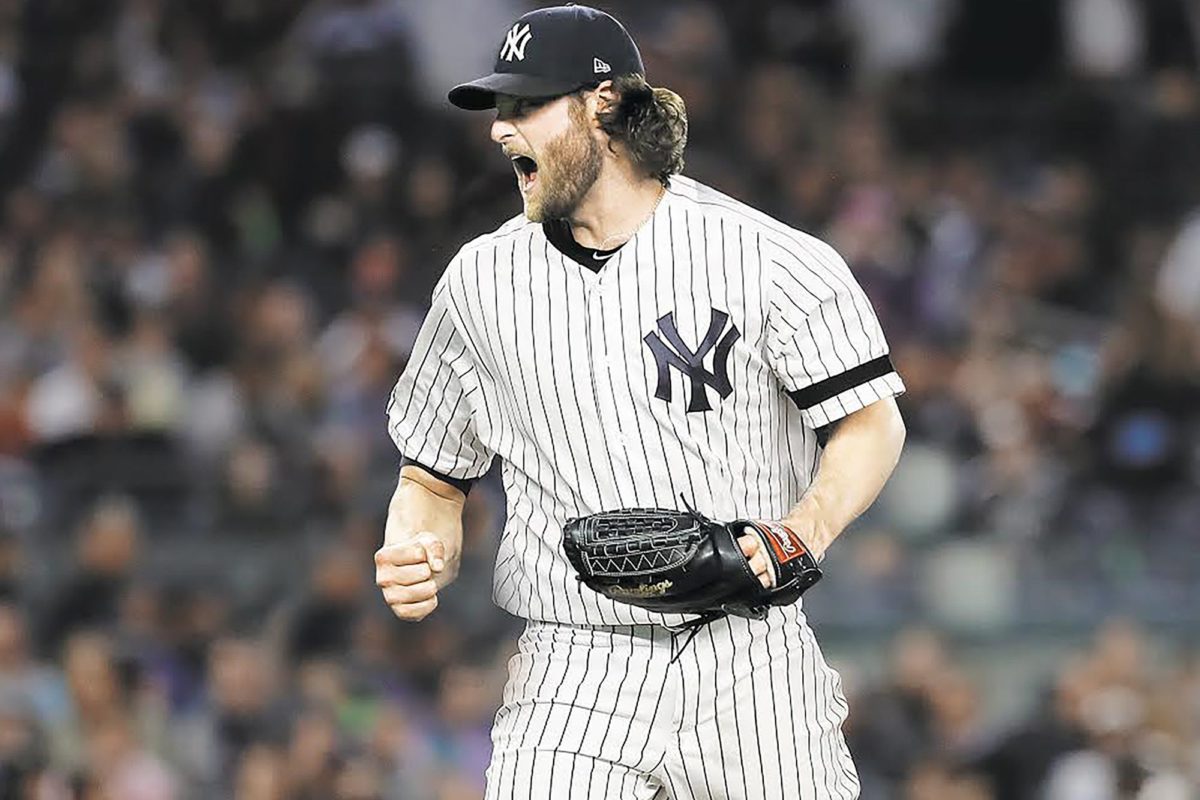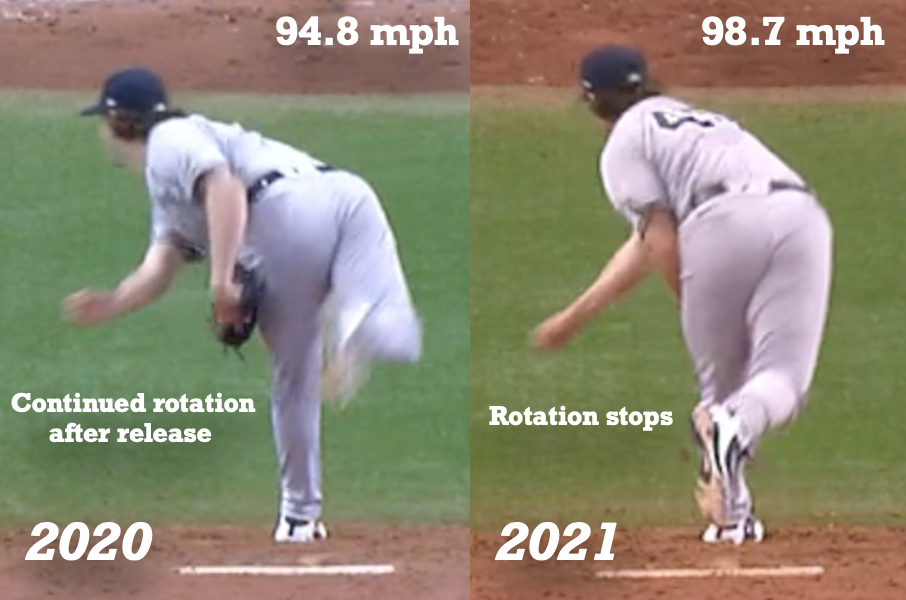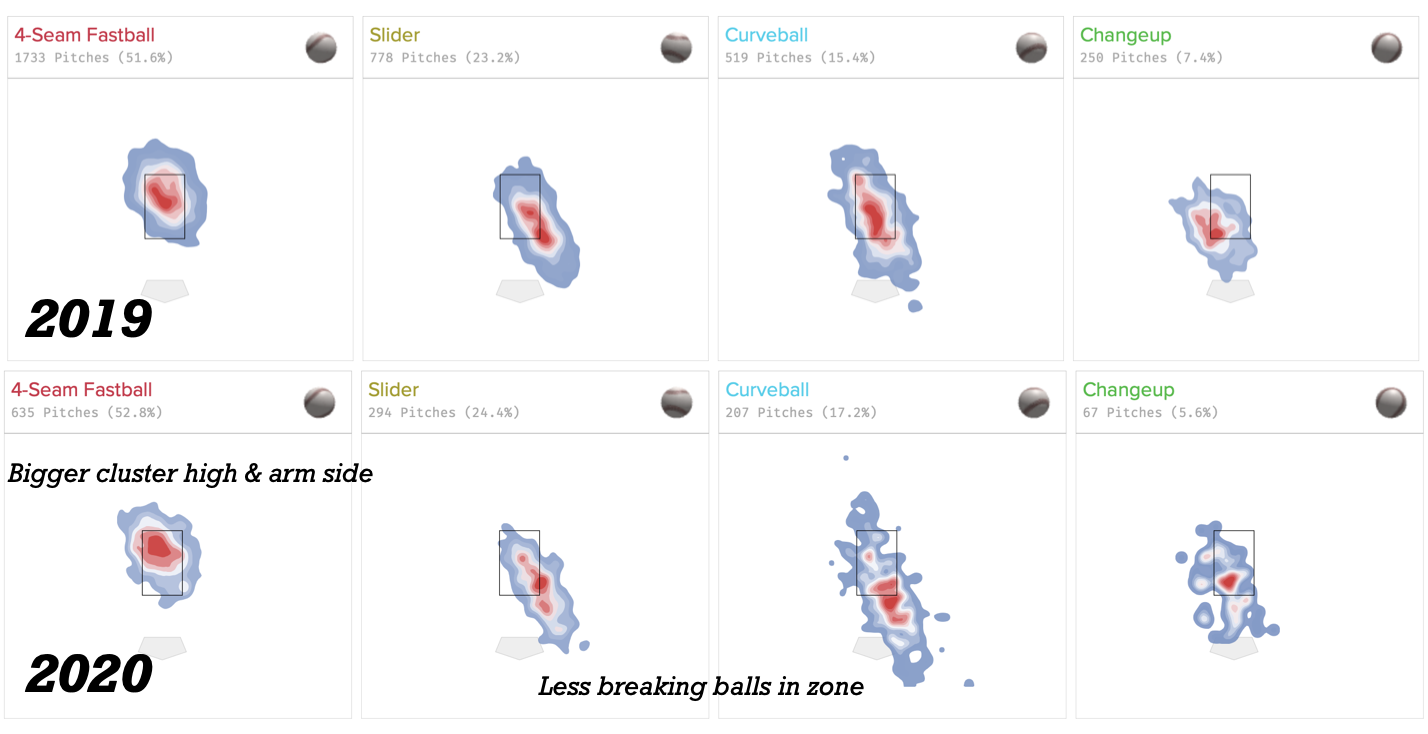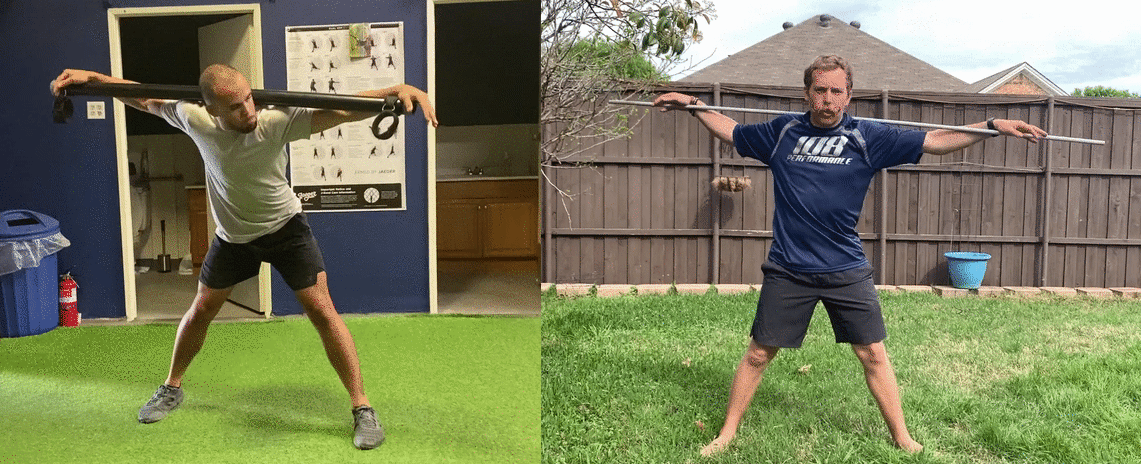If you’re currently having issues at the plate with getting jammed, squaring up baseballs, catching up to velo, or keeping your best hits fair, there’s a chance you might be fighting for space.
“Hitters are always fighting for two things: time and space.” – Darin Everson, hitting coordinator Colorado Rockies
Space is one of the three main buckets we assess at 108 Performance when evaluating hitters. Having room to get our best swings off is critical for making solid and consistent contact. Hitters have to navigate a small window of time and space to have success. The more room they have, the more time they have to make decisions. This has a big influence on contact quality. Our barrel doesn’t have the time to navigate numerous obstacles. It needs a clear and consistent path to the ball. The more space we have, the easier this becomes.
Space exists in a number of different dimensions. As a result, hitters can create – or remove – space using a number of different strategies. Below are some tips on how you can spot good moves from bad, understand the slippery slope behind a couple of popular thoughts, and different adjustments you can try with players who are fighting for room to get their best swings off.
Hitting is tough. It becomes exponentially more difficult when you minimize your window for hard contact. Don’t make hitting harder than it needs to be. Give yourself space and let your best swings show when it counts.
The first spacing strategy we’ll discuss deals with stride angle. While all hitters are slightly different, a lot end up in a position at foot strike where the front leg is slightly closed off in relationship to the back. This position is no accident: It’s a really effective way to get the pelvis out of the way. When the front leg lands closed in relationship to the back, the pelvis is able to stay closed (in relationship to the pitcher). This position is critical. When we look at the best hitters in the game, we don’t see the pelvis opening prematurely into foot strike. It stays closed until it’s time to rotate.

The pelvis is the foundation for the swing in a lot of different ways. If we fail to get this part right, everything we do up top becomes far more difficult. Before we can start to turn, we need to create room for the pelvis to work. This happens by spreading the legs, hinging, and keeping the middle closed. If we can give the pelvis a big window to work, we make it much easier to rotate up top with good direction. If this window becomes compromised, we lose the ability to hold on to angles and ultimately make good decisions. There’s less room for error.
To give you a feel for this, below is an example of good spacing vs. poor spacing with the pelvis:

Notice in the left how the pelvis has started to open and the back knee is starting to dive underneath? This kills spacing. The pattern is unstable, the window to work has been compromised, and there’s not a lot left resisting rotation at this point. The picture on the right is a different story. Instead of leaking open early, the pelvis is able to stay closed instead of rotating prematurely. The stride angle is slightly more closed. The trunk is centered on the pelvis. The middle, as a result, is much more connected – and there’s way more space to operate.
If you’re working with a hitter who looks more like the one on the left, and/or:
- Leaks open with the pelvis and/or trunk
- Feels stuck on their backside
- Can’t hold posture over the plate
- Can’t keep hard hit balls in fair territory
try having them stride slightly closed. Some guys might need more, other guys might need a little less. Just find the angle that helps them feel the best.
You don’t need to stride closed to have success, but you’re going to find a lot more guys who do rather than don’t. The pelvis is the foundation of the swing. It shouldn’t become an obstacle to the swing. If it is, you need to find a way to buy some space.
…
Another way hitters create space is in their set up. To give you a feel for this, check out an overhead view of Ohtani on a homer he hit this season.

There’s a lot to love about this swing, but there is one thing that really stands out: Notice how far his hands, forearms, and elbows start and stay away from his body?

Before Ohtani makes a move to the ball, he’s giving himself a ton of space. His hands and elbows aren’t pinned against his body. They’re set up much further away. This kind of a set up is quite contrary to what you’d expect from most instruction. Kids are typically taught to “stay inside the ball” and “keep their hands inside.” As a result, most kids keep their hands tucked close to their shoulders and never let them get much further. While the barrel does need to stay “inside” the ball, the hands need to actually deliver the barrel. You can’t do this if they’re pinned up against your body.
We’ve spent so much time berating kids for not staying inside the ball that we’ve under appreciated how far the hands actually need to get away from the body during the swing.
To get a feel for this, below is a gif of a home run Freddie Freeman hit to dead center field off of a middle inside pitch.

Let’s zoom in and look at the relationship between his hands and his body as his barrel starts to slot and turn:

See how far away his hands are?
Freeman’s barrel is still “inside” the ball, but his hands are not pinned against his chest. They have a ton of room to work. This distinction is critical. The closer the hands get to the body, the less room they have to deliver the barrel. A great way to prevent this, as seen with Ohtani, is to make sure they have room before the swing even starts.
If you’re currently working with a hitter who:
- Slices/snap hooks baseballs
- Gets blown up by velo
- Gets berated for not “staying inside the ball”
try a couple of quick adjustments. For one, have them try starting with their hands further away from their body – like Ohtani. They’ll eventually work back in, but now they have room for error so they don’t work back too close. Also try playing around with their perception of how the hands deliver the barrel. See what it looks like when they try to turn their hands away from their body. Give them permission to not be so “inside” the ball. Have them almost feel like they’re extending their arms into contact. Small adjustments can feel really big when you first try them out.
Contrast is key to learning. If all players know is to stay inside the ball, you’re going to create some pretty different sensations when you give them permission to turn their hands “away” from what is currently comfortable. The difference in contact quality will be significant.
…
Another trick to clearing space involves the lead arm. When the barrel starts to work back and slot, the rear elbow is going to work down. The lead arm, as a result, needs to work up. If the lead arm gets pinned down and can’t clear space for the rear arm to work, it becomes a lot more difficult to deliver the barrel. There’s less room to work up top.
Below is a great visual for a strategy Nolan Arenado uses with his lead arm to clear space for his barrel. Notice how the arms interact to deliver the barrel on this pitch.

See how the lead elbow works up to clear space?

If the hands are making moves to the ball but the barrel isn’t, don’t blame the hands. Look at the arms. If the lead arm isn’t clearing space for the rear arm to work, try getting it out of the way using Arenado’s strategy. It isn’t the only way to do it, but it can be a really effective way for hitters who don’t have great feel for how the arms interact to deliver the barrel.
…
The last thing we’ll discuss in this article is the influence of point of contact. This is often the lowest hanging fruit for hitters fighting for space. A great way to think of it is to imagine how middle infielders approach ground balls. Great infielders don’t hang back and let the ball travel to them. They cut down distance and go get the ball. Elite hitters are no different. They don’t let the ball travel really deep (thoughts aside) and catch it closer to the catcher. They go get the ball closer to the pitcher.
If you’re working with a hitter who:
- Doesn’t square up the baseball consistently
- Gets beat and jammed often
- Struggles to get to their front side
- Spins and yanks off pitches they try to pull
try adjusting their point of contact. More times than not, hitters need to learn how to go get the ball instead of constantly getting blown up. The window we have into contact is one of the most important areas of space we need. The further we let the ball travel, the smaller this window becomes.
This thought not only has a big impact on the arms, hands, and barrel, but it can have a big impact downstream on the lower half. If the focus is on catching the ball out front, we’re more likely to get into better positions of leverage where the front foot is stable and in the ground. This is critical for spacing. If we never get to the front, we’re going to get stuck and spin from the back. The more we spin, the smaller our window becomes for making hard contact out front.
If you can’t square up baseballs off front toss, you probably don’t need to let the ball travel more. You need to go get it further out in front.



